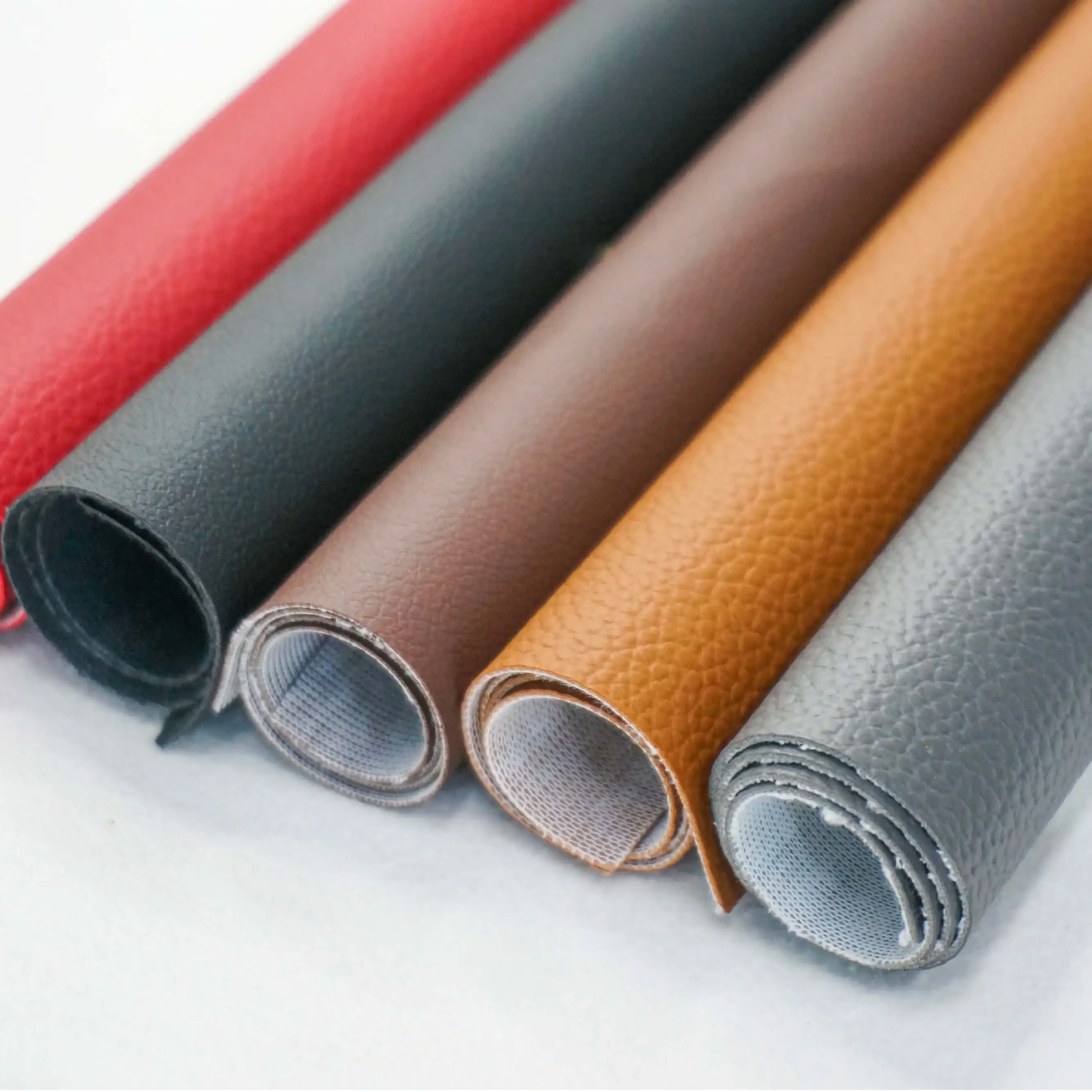Email format error
Email cannot be empty
Email already exists
6-20 characters(letters plus numbers only)
The password is inconsistent
Email format error
Email cannot be empty
Email does not exist
6-20 characters(letters plus numbers only)
The password is inconsistent

News

PU vs PVC Synthetic Leather: Unveiling the Battle of the Faux
Have you ever wondered what goes into the making of synthetic leather? With a plethora of options available, the debate between PU (polyurethane) and PVC (polyvinyl chloride) synthetic leather continues to capture the attention of fashion enthusiasts and conscious consumers alike. In this article, we delve deep into the world of synthetic leather, exploring the key differences, advantages, disadvantages, and environmental impacts of both PU and PVC varieties. Join us on this journey as we unravel the intricacies of this faux leather battleground.
I. Understanding PU Synthetic Leather
PU synthetic leather, short for polyurethane, is a popular choice for those seeking an alternative to genuine leather. Its production involves coating a fabric base with a layer of polyurethane, which is then embossed, printed, and treated to resemble real leather. This process grants PU synthetic leather a soft and pliable texture, making it an ideal choice for various applications, including upholstery, footwear, and accessories.
A. Advantages of PU Synthetic Leather
- Aesthetics: PU synthetic leather boasts a wide range of colors, textures, and finishes, allowing for endless design possibilities.
- Durability: PU synthetic leather is known for its strength and resistance to wear and tear, ensuring longevity in various applications.
- Breathability: Compared to PVC, PU synthetic leather offers better breathability, making it more comfortable to wear.
B. Disadvantages of PU Synthetic Leather
- Environmental Impact: The production of PU synthetic leather involves the use of solvents and chemicals, leading to potential environmental concerns.
- Durability Concerns: While PU synthetic leather is generally durable, it may not withstand heavy usage or extreme conditions as well as genuine leather.
II. Exploring PVC Synthetic Leather
PVC synthetic leather, or polyvinyl chloride, is another widely used alternative to genuine leather. It is created by coating a woven fabric base with PVC resin, resulting in a material that mimics the appearance and texture of real leather.
A. Advantages of PVC Synthetic Leather
- Cost-Effectiveness: PVC synthetic leather is often more affordable than PU synthetic leather, making it a popular choice for budget-conscious consumers.
- Water Resistance: PVC synthetic leather exhibits superior water resistance, making it suitable for applications such as upholstery and outdoor accessories.
- Low Maintenance: PVC synthetic leather is relatively easy to clean and maintain, requiring minimal effort for upkeep.
B. Disadvantages of PVC Synthetic Leather
- Environmental Concerns: PVC production involves the use of chlorine, a chemical with potentially harmful environmental impacts. Additionally, the disposal of PVC-based products can contribute to pollution.
- Limited Breathability: PVC synthetic leather tends to be less breathable than PU synthetic leather, which may result in discomfort during prolonged use.
- Durability: Although PVC synthetic leather is generally durable, it may be prone to cracking and peeling over time, especially in extreme conditions.
III. Environmental Considerations
When comparing PU and PVC synthetic leather, it is crucial to consider their environmental impact.
A. PU Synthetic Leather:
While the production of PU synthetic leather involves the use of solvents and chemicals, advancements have been made to reduce harmful substances. Additionally, PU can be recycled, reducing waste and promoting sustainability.
B. PVC Synthetic Leather:
The production and disposal of PVC-based products can release toxic chemicals into the environment. However, recycling initiatives for PVC have been implemented to mitigate its negative impact.
Conclusion:
In the realm of synthetic leather, the battle between PU and PVC continues to spark discussions on aesthetics, durability, cost-effectiveness, and environmental impact. Both materials offer distinct advantages and disadvantages, catering to different consumer preferences and needs. As we navigate the world of fashion and conscious consumerism, understanding the nuances between PU and PVC synthetic leather empowers us to make informed choices. Whether it's the allure of PU's softness or the affordability of PVC, the decision ultimately lies in our hands as we strive for sustainable and stylish alternatives to genuine leather.

